
Lot 142
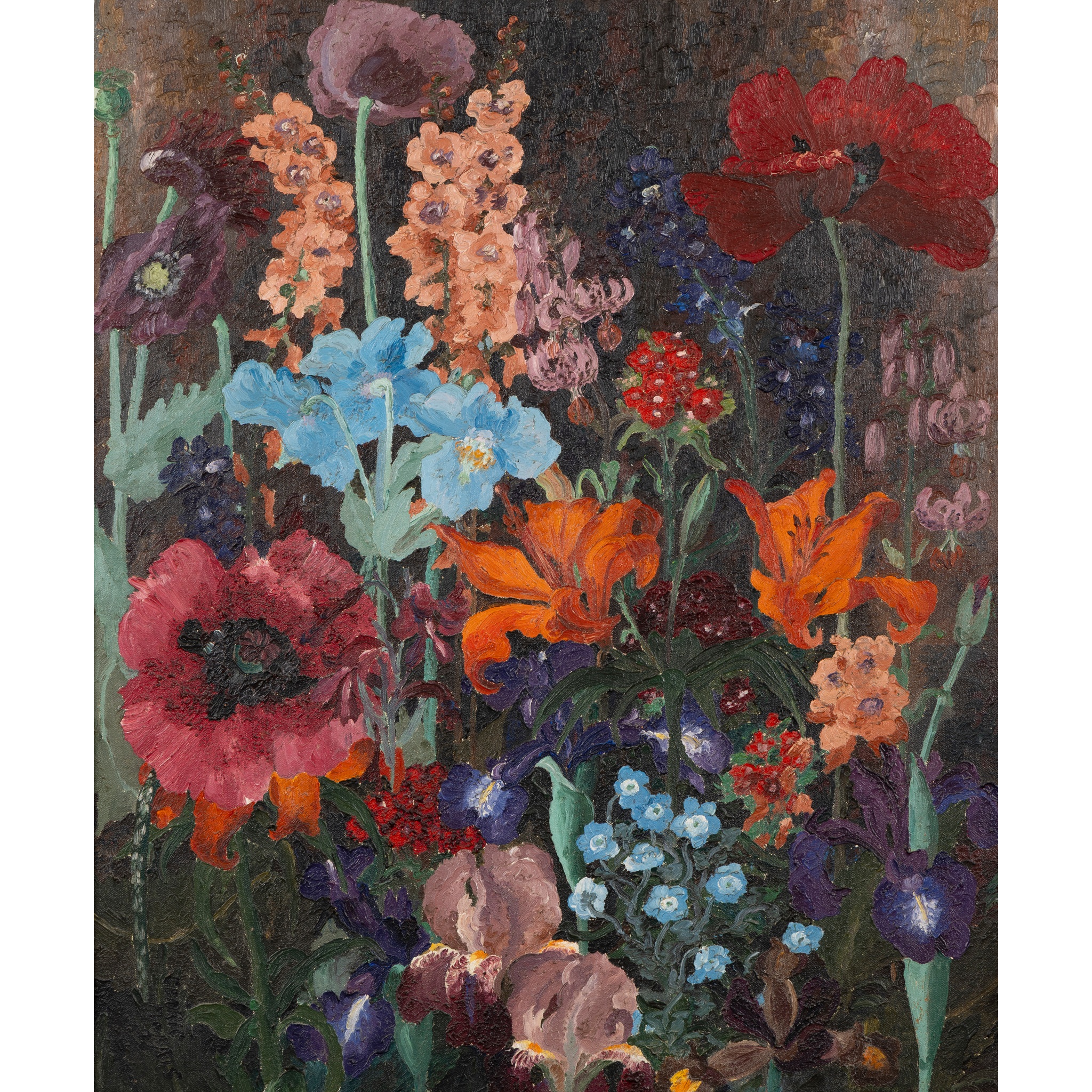
SIR CEDRIC MORRIS (BRITISH 1889-1982) §
THE BLUE POPPY, 1932
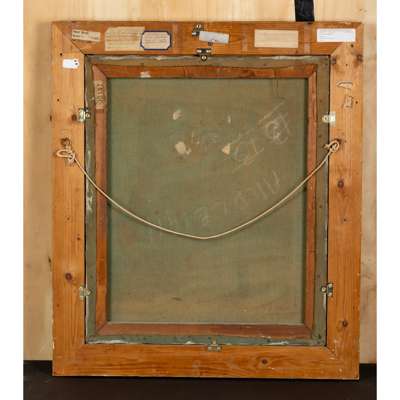
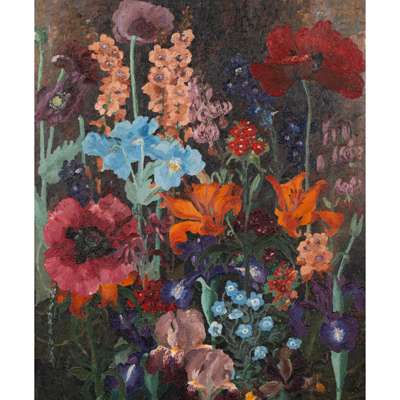
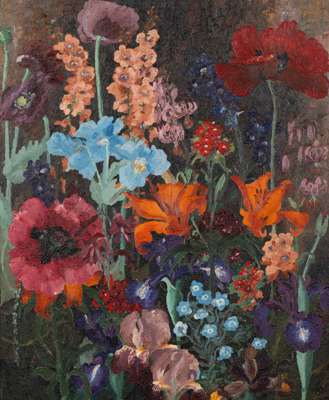
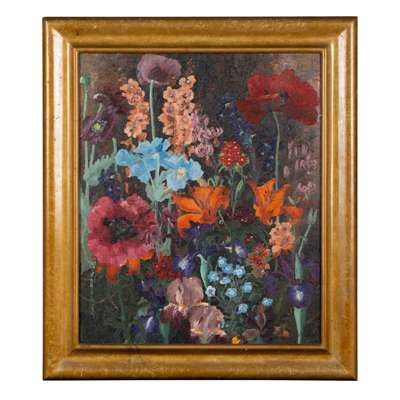
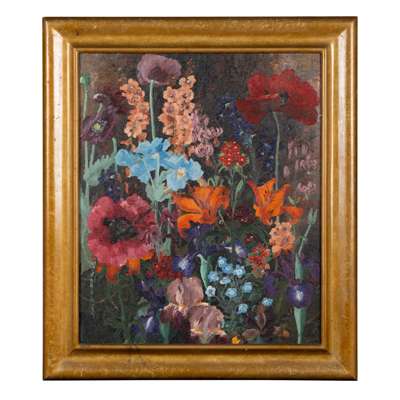


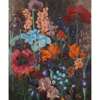

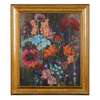
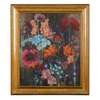
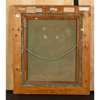
Auction: Day Two | Lots 100 to 527 | Fri 31 October 2025 from 10am
Description
signed and dated (lower left), oil on canvas
Dimensions
76cm x 63.5cm (30in x 25in)
Provenance
Acquired directly from the Artist by Robert (Bobby) Bevan and thence by descent to the present owner.
Exhibited:
National Museum of Wales, Cardiff, Cedric Morris Retrospective, 16 June – 29 July 1968, no.32;
Scottish National Gallery of Modern Art, Edinburgh, From Sickert to Gertler: Modern British Art from Boxted House, 15 March – 22 June 2008 and partial tour to Gainsborough's House, Sudbury, 4 October - 13 December 2008 and Brighton Museum & Art Gallery, 17 April to 12 September 2010, illus. col. pl.30.
Literature:
Reynolds, Gwynneth and Grace, Diana, Benton End Remembered: Cedric Morris, Arthur Lett-Haines and the East Anglian School of Painting and Drawing, Unicorn Press, Norwich, 2017, illus. p.90.
St Clair, Hugh, A Life in Art and Life: The Colourful World of Cedric Morris & Arthur Lett-Haines, Pimpernel Press Ltd, London, 2023, p.80.
Footnote
The Blue Poppy of 1932 by Cedric Morris epitomises the bold and beautiful flower still life paintings on which his reputation as one of the leading British artists of the twentieth century is founded. Moreover, it was created during an exceptional period in his career and was acquired from Morris by his friend, the advertising executive and renowned collector Robert ‘Bobby’ Bevan and has remained in his family ever since.
Having made his name in the avant-garde art world of 1920s London, Morris later recalled ‘there was too much of a social whirl, I couldn’t get any work done and there weren’t any landscapes out of the window.’ (as quoted by Hugh St Clair in A Lesson in Art & Life, 2023, p.62) In 1929 he and his partner, the artist Arthur Lett-Haines, decided to rent The Pound, a farmhouse in Higham, Suffolk ‘with a view down the valley through ancient trees towards the River Stour…[with]…the possibility of making a beautiful, romantic garden where woodcock swooped in winter and nightingales sang on summer evenings.’ (St Clair, op.cit., p.63). Indeed, it was during his eleven years at The Pound that Morris emerged as a plantsman of distinction amidst ‘The Pound’s unusual combination, in the 1930s, of idyll with hard work and exuberant entertainment.’ (Richard Morphet, Cedric Morris, 1984, p.48)
The Blue Poppy brings together Morris’s triumphs in the studio and in the garden of this exceptionally creative period. It may have been painted to celebrate his success in bringing the titular Himalayan Blue Poppy (Meconopsis baileyi) to flower, seen at the upper left of centre of the canvas. It was not introduced into cultivation in the UK until 1924, just eight years before the work was created and takes three to four years to nurture from seed to growth to bloom. This particular poppy represents, amongst other things, peace, purity, spirituality and harmony with nature. Other species thought to feature in the painting include the red Oriental Poppy (Papaver orientale Goliath Group), the lilac-purple Opium Poppy (Papaver somniferum), Chinese Delphinium associated with chivalry, bravery and fidelity and Fire Lily associated with purity and majesty. Applying thick paint in distinctive brushstrokes onto canvas, Morris presented a range of brilliantly coloured flowers in the frontal plane, against a dark background. The variously shaped flowerheads, petals, stems and leaves are realised with the strength of form of an artist and the understanding of a horticulturalist.
The son of Camden Town Group painter Robert Polhill Bevan, Bobby Bevan and his future wife Natalie Ackenhausen first met Morris and Lett-Haines in the late 1920s. Bobby became Chairman of the advertising agency S. H. Benson Ltd, whilst Natalie was a painter, ceramicist and muse to several leading modern British artists, not least Mark Gertler. They married in 1946 and moved to Boxted House, Boxted in 1947, some twelve miles from Benton End in Hadleigh, to where Morris and Lett-Haines moved in 1940. Their friendship flourished in the post-war period, in tandem with the growth of the Bevans’ collection of Contemporary, twentieth-century British and European art; it was the subject of exhibitions in various public galleries including the Scottish National Gallery of Modern Art, Edinburgh, Brighton Museum and Art Gallery and Gainsborough’s House, Sudbury. The Bevans lent The Blue Poppy to the retrospective exhibition of Morris’s work held at the National Museum of Wales in Cardiff in 1968.
We are grateful to David R. Mitchell, Curator, Muddy Feet Consulting for his help with our research.











